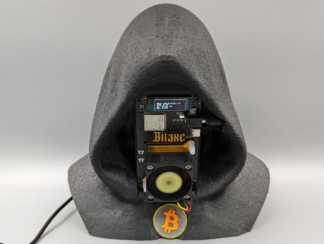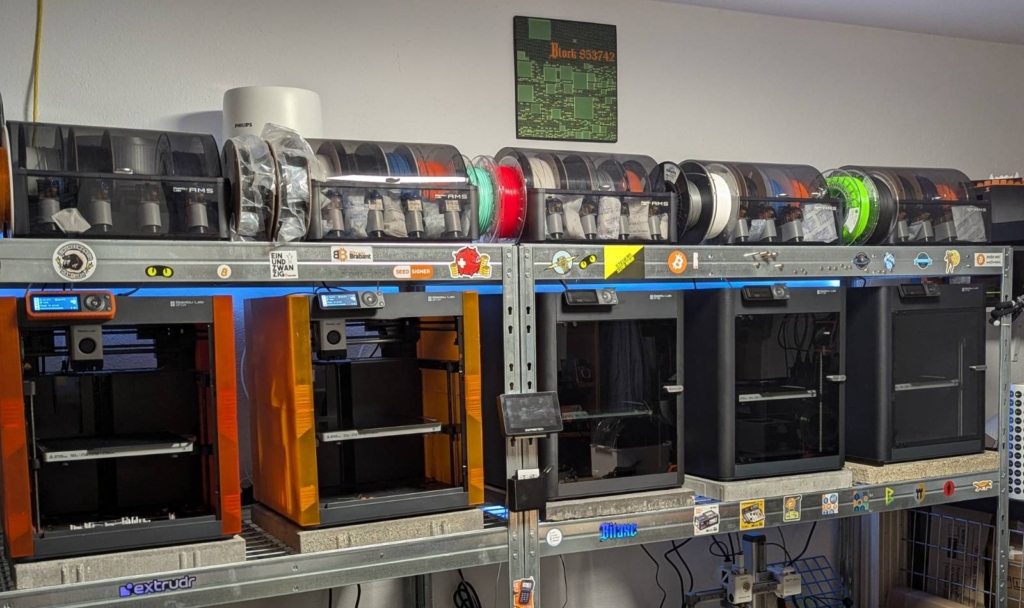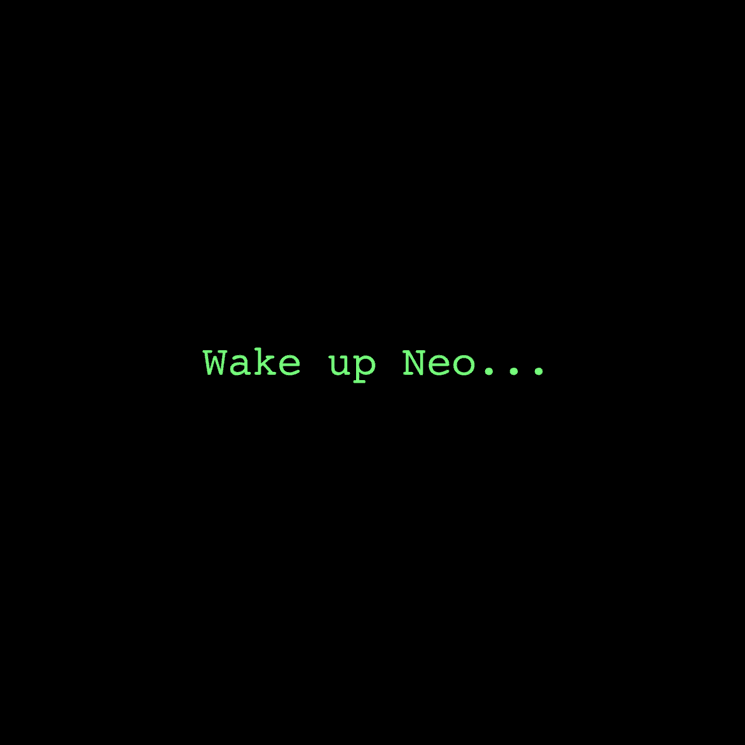
Bitcoin, our favorite form of money and the self-proclaimed king of decentralization, is teetering on the edge of a hypocritical abyss. As we sit here in late August 2025, the network’s mining ecosystem—once a symbol of distributed power—has morphed into a oligarchic stronghold dominated by a duo of behemoths: Foundry USA and AntPool. Together, these two pools command over 51% of the global hashrate, a concentration that flirts dangerously with the infamous 51% attack threshold. This isn’t just a statistical quirk; it’s a spicy cocktail of economic incentives, technological evolution, and payout models gone wild, with Full Pay-Per-Share (FPPS) as the intoxicating ingredient fueling the rise of proxy pools and eroding parts of Bitcoin’s foundational ethos. Drawing from the latest data and analyses, this article dissects the current state of mining centralization, unmasks the shadowy world of proxy pools, and reveals why FPPS has become the seductive force driving this troubling consolidation.
A Snapshot of Mining Centralization in 2025
At the time of writing this in August 2025, Bitcoin’s mining landscape looks less like a vibrant, decentralized frontier and more like a corporate boardroom. According to recent analyses, Foundry USA and AntPool alone control between 50% and 55% of the network’s total hashrate, with Foundry often leading at around 30-35% and AntPool close behind at 20-25%. This duo’s dominance marks only the second time in Bitcoin’s history that such a level of concentration has occurred—the first being in 2014, just before a massive market crash that wiped out over 80% of BTC’s value. The top five pools, including ViaBTC, F2Pool, and Binance Pool, now hoard upwards of 80-85% of the hashrate, a sharp escalation from the more balanced distribution seen in the early 2020s, where we all hoped more miners in more countries would automatically mean more decentralization.
This centralization isn’t abstract; it’s a tangible threat to Bitcoin’s security and integrity. A 51% attack, while economically suicidal for the attackers (as it would tank BTC’s price and their own holdings), remains theoretically feasible. In such a scenario, attackers could censor transactions, double-spend coins, and even rewrite recent blockchain history, shattering the illusion of immutability. This sparks discussions about how this concentration undermines Bitcoin’s censorship resistance, with some warning that regulatory pressures—especially in the U.S., where Foundry is based—could force pools to comply with government demands, like blacklisting certain addresses.
Geopolitical shifts exacerbate the issue. China’s 2021 mining ban scattered operations globally, but instead of fostering decentralization, it led to re-concentration in the U.S. and Kazakhstan. U.S.-based Foundry, backed by Digital Currency Group, has surged ahead, while AntPool, tied to Chinese hardware giant Bitmain, maintains its grip through international proxies. Environmental and regulatory pressures, including ESG mandates and energy costs, have pushed smaller miners out, funneling hashrate toward industrial-scale operations. The 2024 halving slashed the block reward to 3.125 BTC, making profitability razor-thin for independents and amplifying the appeal of large pools. Whispers of AI integration into mining infrastructure add another layer of spice, as miners repurpose rigs for dual-use in AI computations, further consolidating power among tech-savvy giants.
Yet, the real devil is in the details—or rather, the obfuscation. Enter proxy pools, the stealthy mechanisms that make this centralization even more insidious than it appears.

Proxy Pools: The Illusion of Diversity in a Consolidated Empire
Proxy pools are the smoke and mirrors of Bitcoin mining, creating a facade of decentralization while channeling power to a few overlords. At their core, proxy pools are smaller, seemingly independent operations that outsource critical functions—like block template creation and transaction selection—to a larger “parent” pool, often AntPool. Miners connect to the proxy pool, which then relays jobs from the parent, allowing the proxy to brand blocks with its own coinbase tag (e.g., “/Binance/”) while the underlying control remains centralized.
How do we know this is happening? Blockchain forensics reveal the truth. By examining merkle roots—the cryptographic fingerprints of transaction sets in blocks—analysts have identified that pools like Binance Pool, Poolin, and ViaBTC frequently use templates identical to AntPool’s, indicating proxy relationships. This setup inflates the perceived number of independent pools; in reality, “AntPool & friends” could control closer to 60% of the hashrate when proxies are factored in.
The motivations are purely pragmatic. Operating a full-fledged pool requires massive infrastructure: servers, security protocols, and a hefty Bitcoin treasury to weather payout volatility. Smaller pools, lacking these resources, are practically forced to partner with giants like AntPool to ensure stability for their users, which would move away in an instant if they would not. In exchange, they cede control over block templates to the node of the „parent pool“ meaning the parent pool decides which transactions get prioritized—potentially enabling subtle censorship without overt malice. This proxy model isn’t new; it echoes earlier concerns with pools like GHash.io in 2014, but in 2025, it’s amplified by the dominance of FPPS, turning proxies into the default survival strategy for underdogs.
Critics on X are vocal: one post likens it to “two entities that at the push of a button could censor transactions,” highlighting how proxies obscure true power dynamics and heighten risks like coordinated attacks or regulatory capture. While no major exploits have occurred, the mere possibility spices up the narrative, questioning whether Bitcoin’s decentralization is more myth than reality.
Don’t trust, verify:
https://theminermag.com/news/2023-12-28/bitcoin-mining-pool-block-reward-antpool-hashrate
https://b10c.me/blog/015-bitcoin-mining-centralization/






FPPS: The Alluring Payout Model Fueling the Fire
At the heart of this centralization maelstrom lies Full Pay-Per-Share (FPPS), the payout scheme that’s become the industry darling—and its Achilles’ heel. FPPS evolved from simpler models like Pay-Per-Share (PPS) to offer miners the holy grail: predictable income in a wildly volatile game.
Here’s how FPPS works: Miners submit “shares”—proofs of computational work—to the pool. In return, they’re paid a fixed rate per share based on the pool’s expected earnings, including both the block subsidy (3.125 BTC) and an averaged slice of transaction fees from the past 24 hours. Unlike Pay-Per-Last-N-Shares (PPLNS), where payouts hinge on actual block finds and introduce luck-based variance, FPPS guarantees steady cash flow. It’s like a salary versus commission: miners love the reliability, especially post-halving when margins are squeezed.
But this stability comes with a spicy twist—it shifts massive risk onto pool operators. To honor payouts during “unlucky” streaks (when blocks are scarce), pools need deep reserves, often in the millions of BTC equivalents. Most small pools can’t stomach this because a single dry spell could bankrupt them. Enter the proxy model: by linking to a giant like AntPool, smaller pools access shared treasuries and infrastructure, offering FPPS without the solo risk. In essence, FPPS creates a barrier to entry that favors scale, pushing independents into subservient roles.
Why does FPPS dominate? Miners crave predictability amid soaring energy costs and ASIC prices. Large pools like Foundry can afford FPPS’s demands, attracting more hashrate and creating a virtuous (or vicious) cycle: bigger pools find blocks more reliably, stabilizing their FPPS averages and outcompeting smaller ones. This leads to higher overall energy consumption and an “arms race” among pools, further entrenching centralization. FPPS pools effectively act as “large solo miners” hiring hashers, with opaque internal processes that could hide biases in transaction selection.
The drawbacks? Higher fees (1-3%) for the pool’s insurance role, and miners miss out on fee spikes (e.g., during Ordinals booms). More critically, it erodes trust: miners must rely on the pool’s honesty, contradicting Bitcoin’s “don’t trust, verify” mantra.
The Broader Ramifications and a Glimmer of Hope
This FPPS-driven, proxy-fueled centralization isn’t just technical jargon—it’s a existential spice bomb for Bitcoin. It amplifies vulnerabilities to attacks, regulatory meddling, and even geopolitical tensions, like U.S.-China mining rivalries. Community voices on X decry it as a betrayal: “Bitcoin isn’t censorship resistant,” one laments, pointing to how two pools could flip the switch on freedom.
Yet, innovation stirs. Non-custodial pools like Ocean allow miners direct control over rewards, bypassing traditional centralization and Datum allows them to use their nodes to create their own blocktemplates. Fixed upfront payouts, an FPPS evolution, let miners lock in BTC-denominated rates, reducing volatility without full pool dependency. Stratum V2 is to be released (hopefully) and diversified mining hardware is emerging, aiming to democratize access and make home mining accessible for everyone.
Bitcoin’s mining centralization currently is a fiery paradox: FPPS’s promise of stability has birthed proxy pools and oligarchic control, challenging the network resilience. Miners, developers, and hodlers must confront this head-on—lest the decentralized dream dissolve into a centralized nightmare. Hyperbole? Not at all.
You may not like it, but this is the current state of things. Now more than ever, it’s important for each of us to explore home mining with excess energy, be it from solar power or other sources, as well as reusing the heat generated by mining which can turn the main part of the expense into a sunken cost.
Every hash matters! The clock is ticking. We have one shot at this.

Check out our home miners
-
Bitaxe Gamma
Price range: € 130,00 through € 181,00 inc. Vat -
Bitaxe Gamma – Hotbits
€ 180,00 inc. Vat -
Bitaxe Power Supply (EU)
€ 21,00 inc. Vat -
Darth Validator
€ 90,00 inc. Vat -
NerdNos
Price range: € 14,00 through € 84,90 inc. Vat -
NerdQAxe+ (used)
€ 420,00 inc. Vat -
NerdQAxe++
€ 569,00 inc. Vat -
Skull of Satoshi Bitaxe Stand
Price range: € 21,00 through € 40,00 inc. Vat












